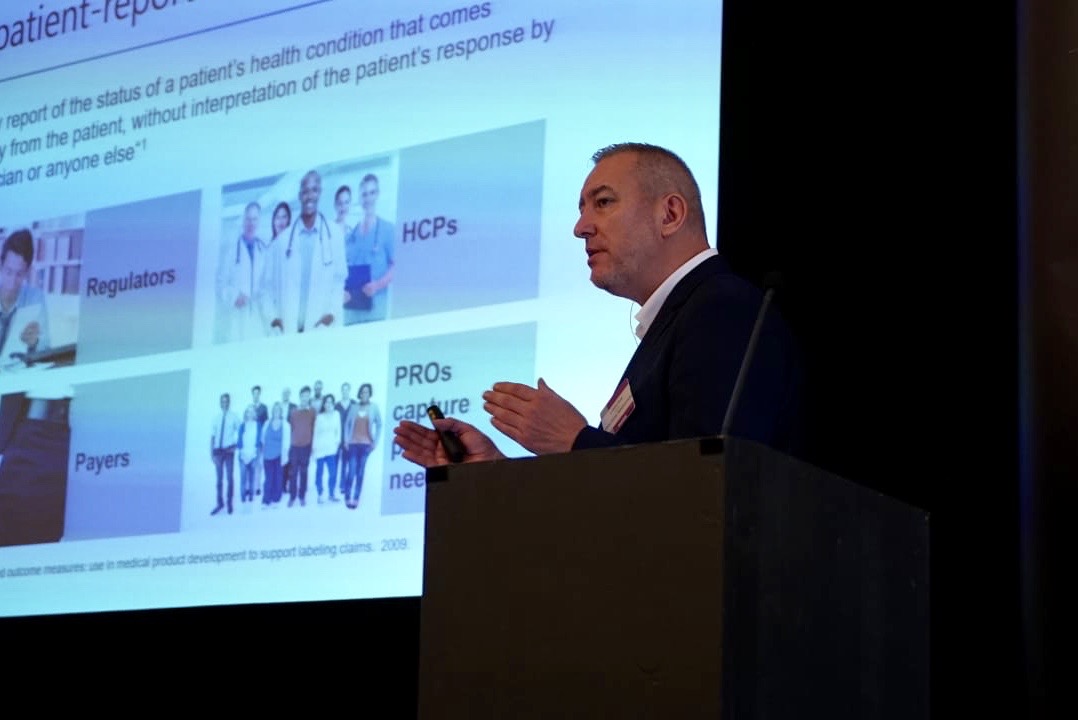Complex 3D human model systems to bridge the translation gap in pain.
- mark field

- Aug 13, 2022
- 1 min read
Key differences in pain mechanisms between preclinical species and humans have hindered the development of new analgesics. Recent proteomic data indicates these differences may be more profound than previously thought therefore, it is essential we find innovative ways to bridge the translation gab in pain.
In a recent review Zeidler et al., provide an overview for the emerging field of complex 3D human model systems to aid analgesic innovation.
Zeidler, M., Kummer, K.K. & Kress, M. Towards bridging the translational gap by improved modeling of human nociception in health and disease. Pflugers Arch - Eur J Physiol (2022). https://doi.org/10.1007/s00424-022-02707-6

Figure available online: https://media.springernature.com/lw685/springer-static/image/art%3A10.1007%2Fs00424-022-02707-6/MediaObjects/424_2022_2707_Fig2_HTML.png?as=webp
Abstract
Despite numerous studies which have explored the pathogenesis of pain disorders in preclinical models, there is a pronounced translational gap, which is at least partially caused by differences between the human and rodent nociceptive system. An elegant way to bridge this divide is the exploitation of human-induced pluripotent stem cell (iPSC) reprogramming into human iPSC-derived nociceptors (iDNs). Several protocols were developed and optimized to model nociceptive processes in health and disease. Here we provide an overview of the different approaches and summarize the knowledge obtained from such models on pain pathologies associated with monogenetic sensory disorders so far. In addition, novel perspectives offered by increasing the complexity of the model systems further to better reflect the natural environment of nociceptive neurons by involving other cell types in 3D model systems are described.
https://link.springer.com/article/10.1007/s00424-022-02707-6
.png)




.png)
Comments